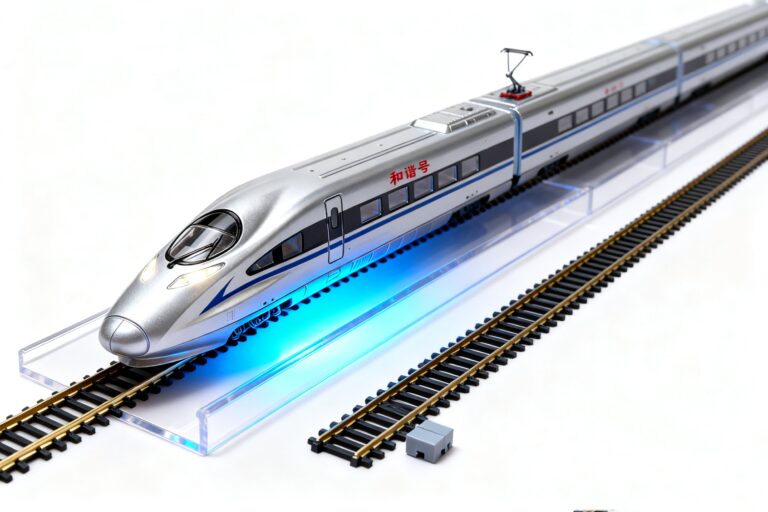Architectural versions are effective tools that bring designs to life, permitting architects, students, and clients to picture frameworks prior to they’re built. Whether you’re a design pupil dealing with a school project or a specialist designer preparing a presentation model, this detailed overview will certainly instruct you everything concerning architectural design making.
This article is worth analysis because it covers:
- Various sorts of architectural layout models
- Necessary version making techniques and products
- Expert suggestions to produce accurate models
- Just how to pick the right range and products
Short article Synopsis
- What Are Architectural Designs and Why Are They Important?
- What Are the Different Sorts Of Architectural Versions?
- Just how to Select the Right Scale for Your Model?
- Crucial Materials for Architectural Model Making
- Must-Have Equipment for Building Architectural Models
- Step-by-Step Guide: Just How to Make an Architectural Design
- Principle Versions vs. Presentation Models: What’s the Distinction?
- Specialist Tips for Architectural Version Making
- Famous Architectural Models and What We Can Gain from Them
- Common Blunders to Stay Clear Of When Structure Designs
1. What Are Architectural Models and Why Are They Essential?
An architectural design is a physical depiction of a structure or structure in 3 measurements. Unlike sketches or digital 3D models, these scale models assist architects and customers envision the suggested structure in genuine room.
Architectural versions play an essential role in the design procedure, permitting engineers to test concepts, study proportions, and connect their building concepts successfully. From theoretical models made with foam board to highly in-depth presentation designs, these building models are an exceptional means to fine-tune layouts before building and construction starts.
2. What Are the Various Kinds Of Architectural Versions?
There are numerous types of building layout versions, each offering an one-of-a-kind function:
Concept Versions
Quick, harsh models (frequently made from foam or balsa timber) used to discover very early style ideas.
Study Versions
Intermediate models that examine construction strategies and spatial partnerships.
Discussion Models
Very comprehensive models (utilizing high-quality products like resin) for customer testimonials.
Recognizing the sort of model you need will certainly aid you choose the appropriate products and strategies.
3. Just how to Choose the Right Range for Your Model?
Choosing the right range is important in architectural model making. Common scales include:
- 1:500 for urban preparation models
- 1:100 for building massing researches
- 1:50 for thorough interior depictions
A little scale (e.g., 1:500) is suitable for website models, while bigger scales (e.g., 1:20) enable complex details. Constantly consider the degree of information required prior to wrapping up the scale of your model.
4. Important Products for Architectural Version Making
The best design materials rely on the objective of your design:
- Foam & Foam Board: Great for conceptual designs, simple to reduce and shape.
- Balsa Wood: Lightweight and ideal for architectural aspects.
- Polymer & Material: Suitable for discussion versions with a refined surface.
Making use of economical materials like foam is excellent for very early study models, while high-grade materials like material are best for final discussions.
5. Must-Have Tools for Structure Architectural Designs
To develop a model properly, you’ll require:
- Cutting Devices: X-Acto knives, laser cutters, and scalpels for precision cutting.
- Adhesives: Warm adhesive for fast setting up and white glue for precision job.
- Determining Tools: Range leaders and cutting mats for accuracy.
A laser cutter can conserve time when working with complicated geometries, while traditional devices like glue weapons are crucial for handmade models.
6. Step-by-Step Guide: How to Make an Architectural Model
Start with a Lay Out
Translate your architectural design right into a strategy.
Pick Materials
Select products like balsa timber or foam board based upon your needs.
Cut and Assemble
Use specific dimensions to develop your version.
Include Information
Enhance the degree of information with textures and surfaces.
Adhering to these steps makes certain an exact model that properly communicates your design.
7. Idea Models vs. Presentation Designs: What’s the Difference?
Concept Versions
Rough, quick designs (commonly sketch designs) utilized in the very early layout procedure to check out ideas.
Presentation Designs
Highly described, polished models for customer assesses that display the final design.
Understanding when to utilize each type of version will improve your task visualization.
8. Professional Tips for Architectural Design Making
- Usage versions to examine ideas before completing designs.
- Prevent blunders by double-checking measurements.
- Include various products to improve realism.
These tips for building model making will assist you produce professional-quality designs.
9. Famous Architectural Versions and What We Can Pick up from Them
Many popular architectural tasks started as range designs. Researching these assists comprehend exactly how version makers refine styles before building and construction, giving insights into the imaginative procedures of popular architects.
10. Typical Blunders to Stay Clear Of When Building Versions
- Wrong scale resulting in inaccurate percentages.
- Poor material options affecting toughness and appearances.
- Rushing assembly and jeopardizing top quality.
Preventing these errors guarantees a completed model that excites customers and connects your layout intent efficiently.
Trick Takeaways
✔ Architectural versions are important for job visualization.
✔ Pick the right scale and products for your type of model.
✔ Principle models check out ideas, while presentation designs showcase last layouts.
✔ Important tools consist of laser cutters, adhesive weapons, and accuracy knives.
✔ Avoid usual blunders like incorrect scaling and bad product selections.
Final Thoughts
Whether you’re a style trainee or a professional architect, grasping architectural design making will certainly enhance your layout procedure and enhance interaction with customers. ✂





